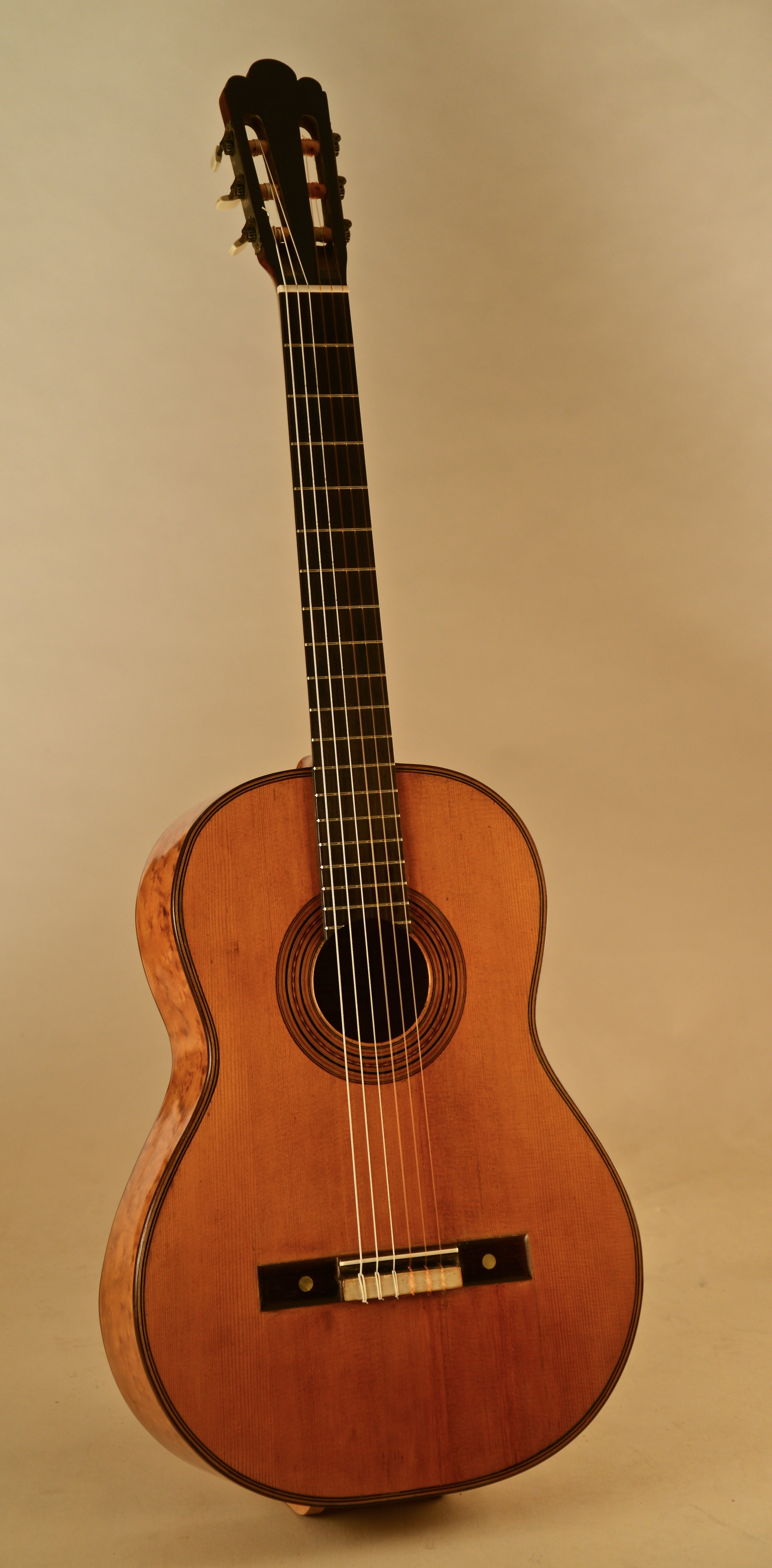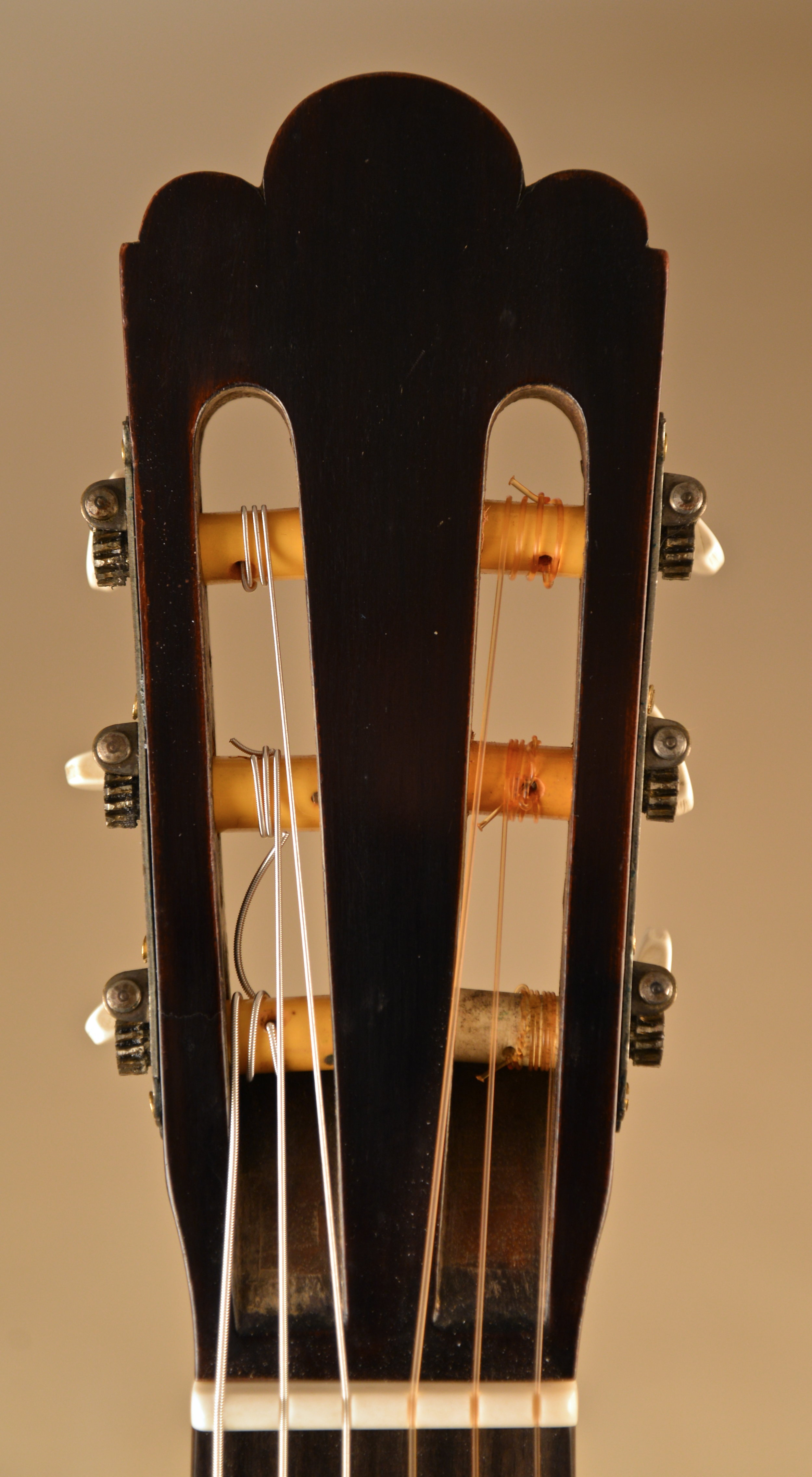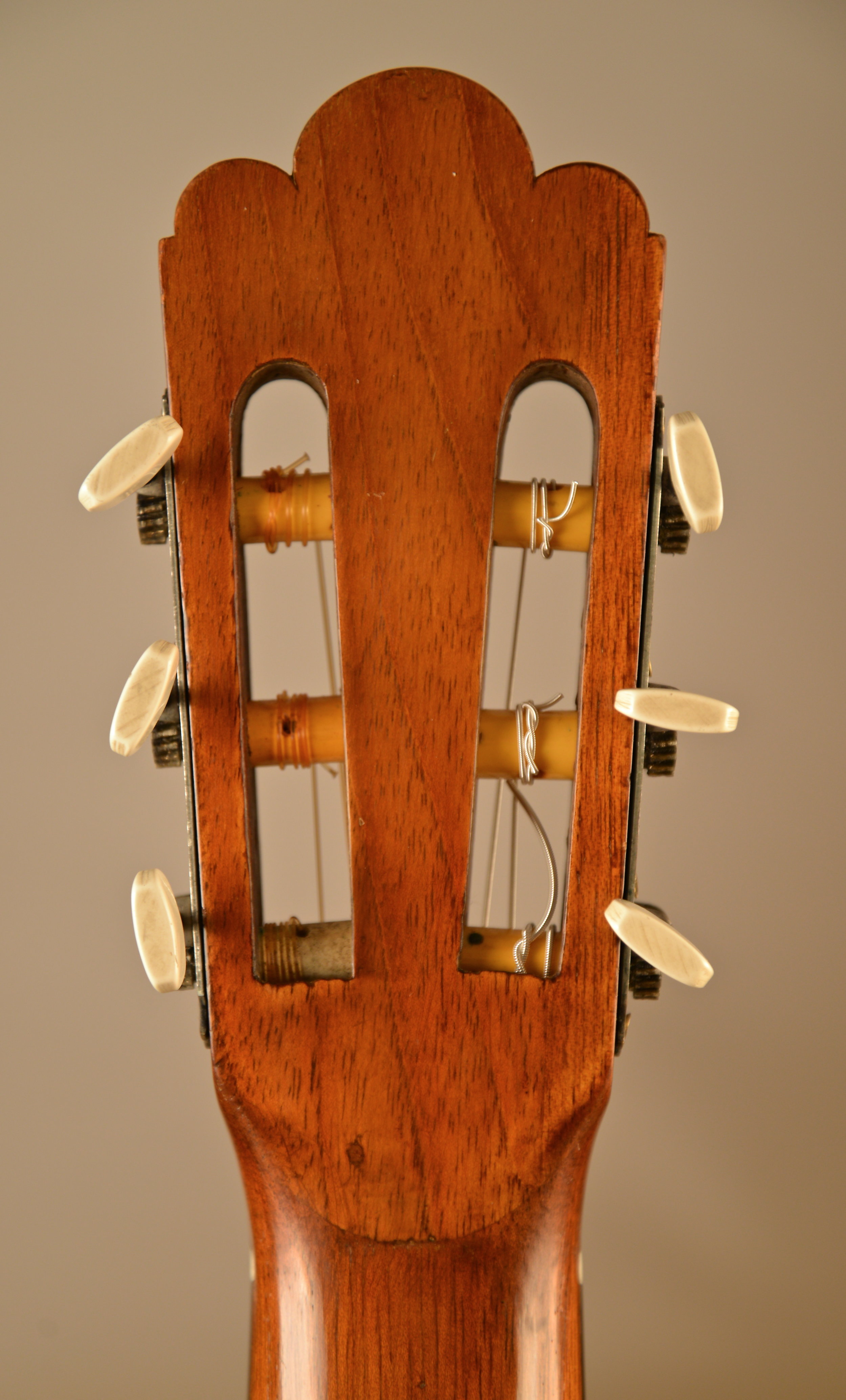1888 Antonio de Torres No 124
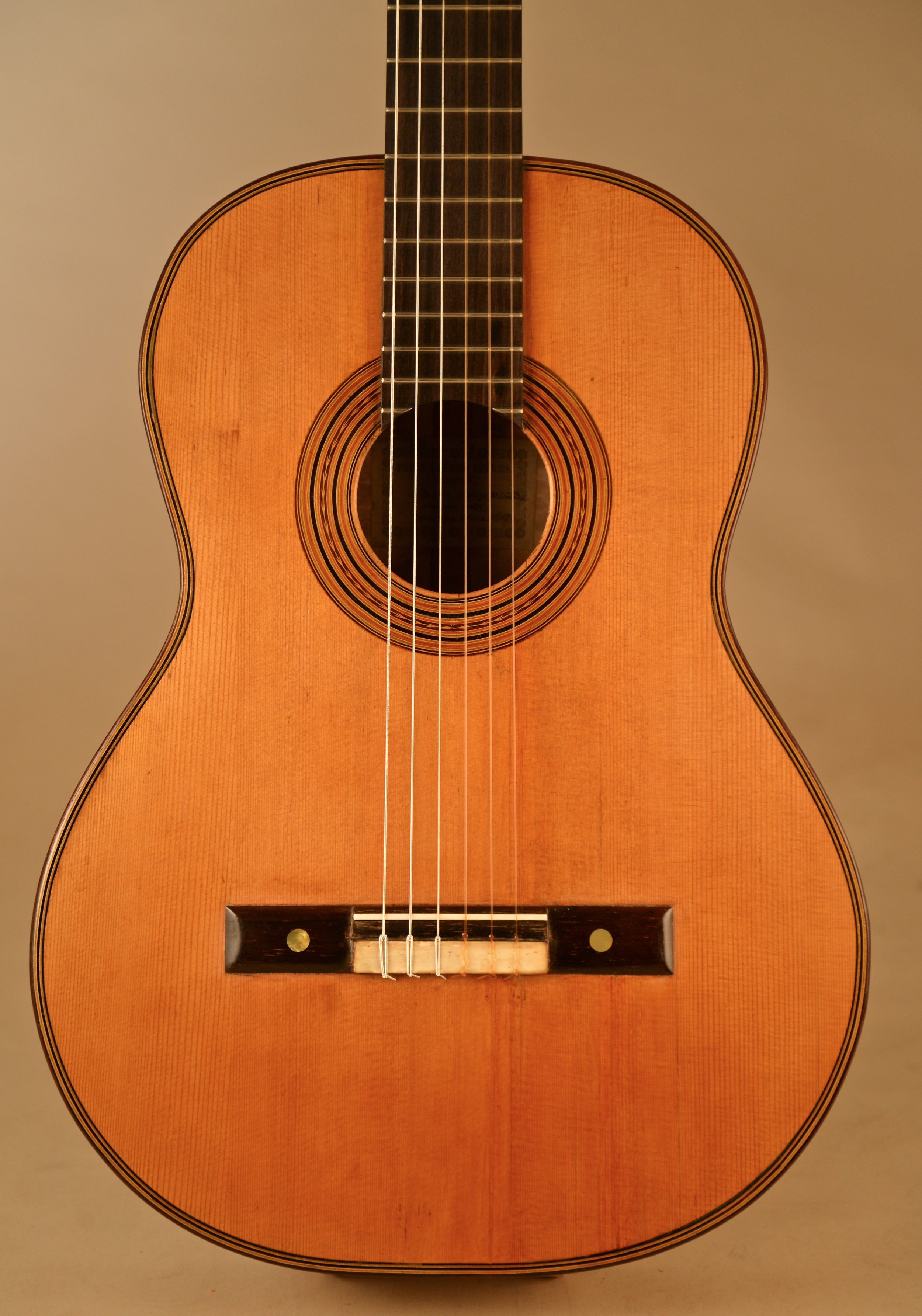
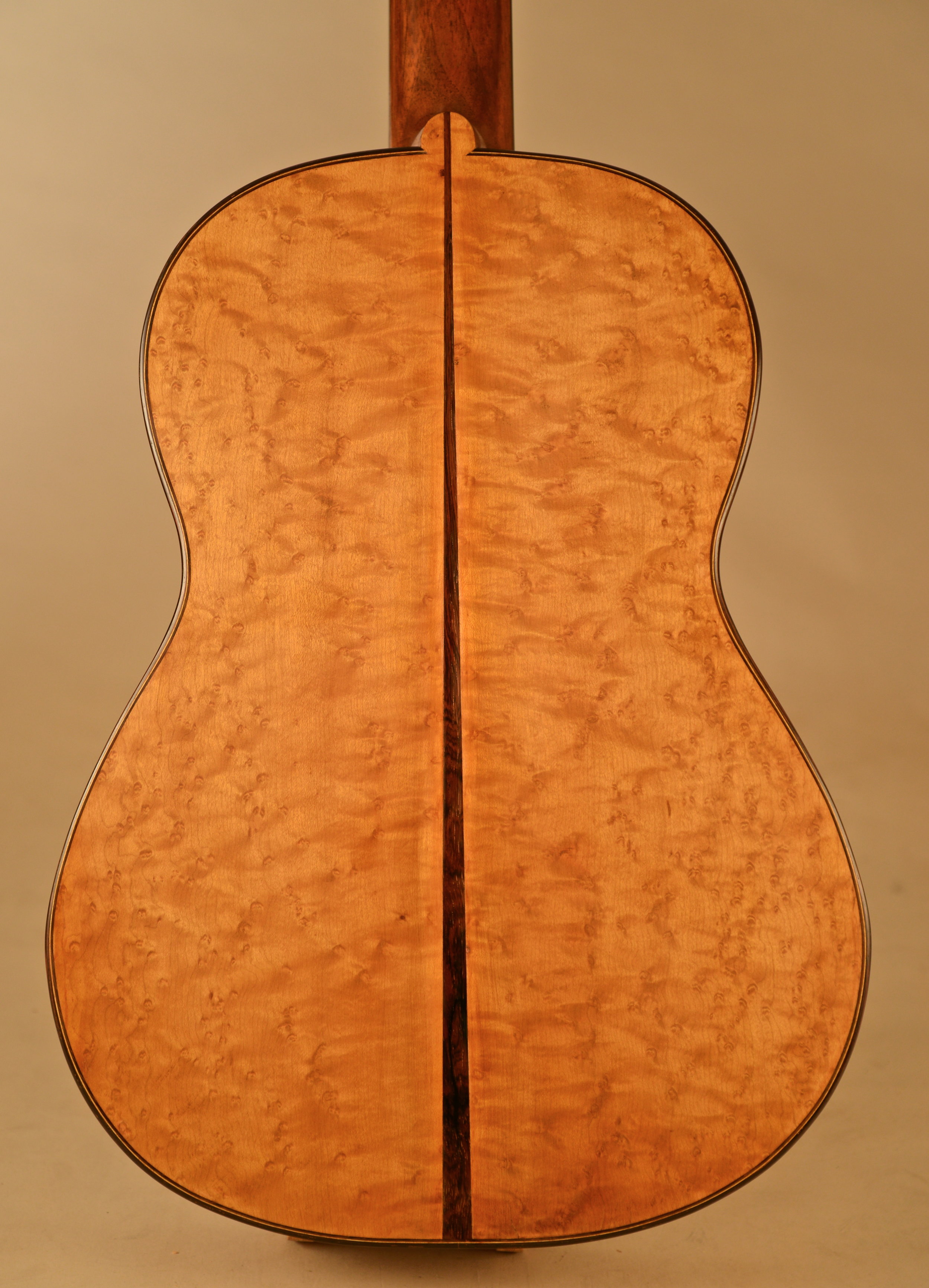
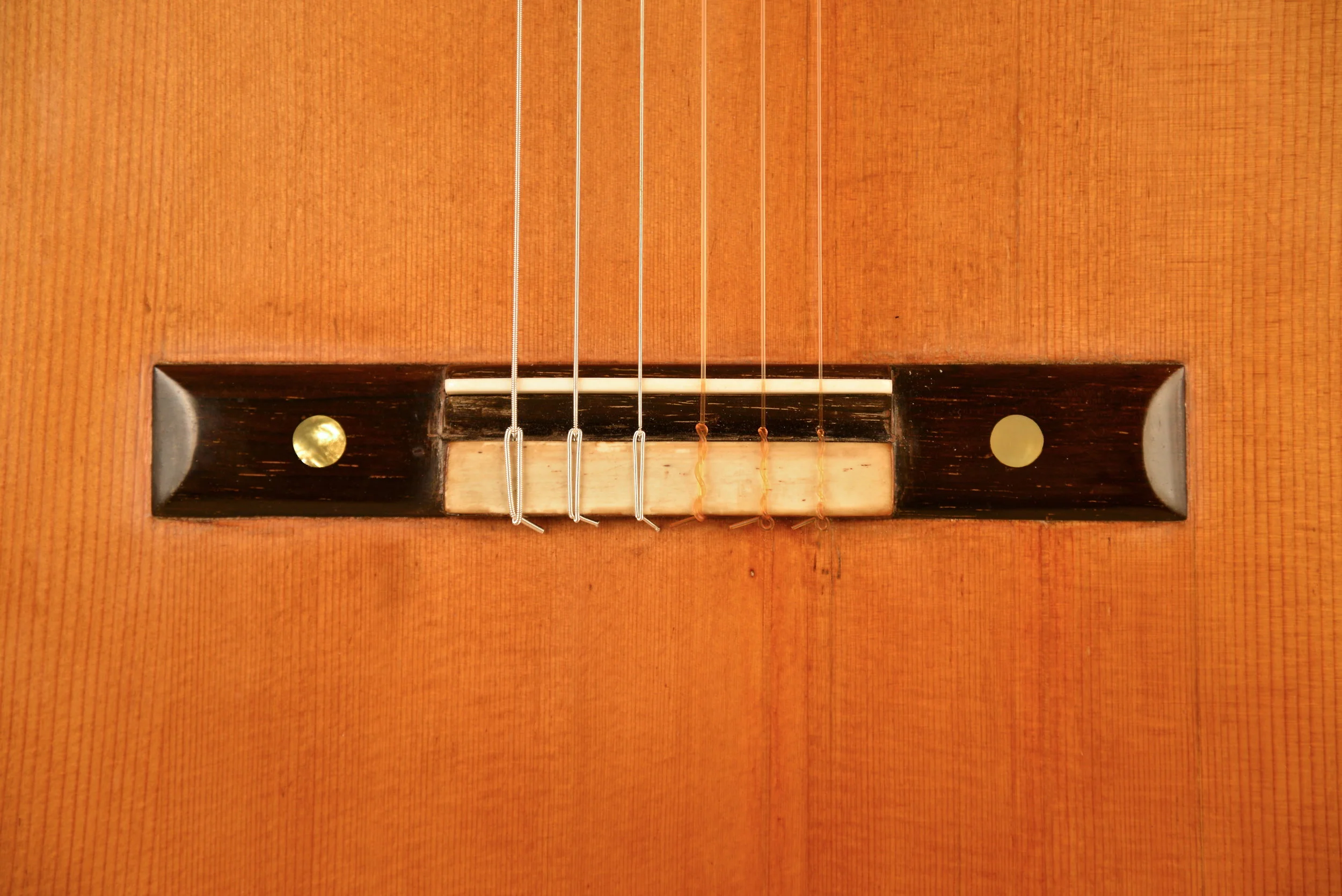
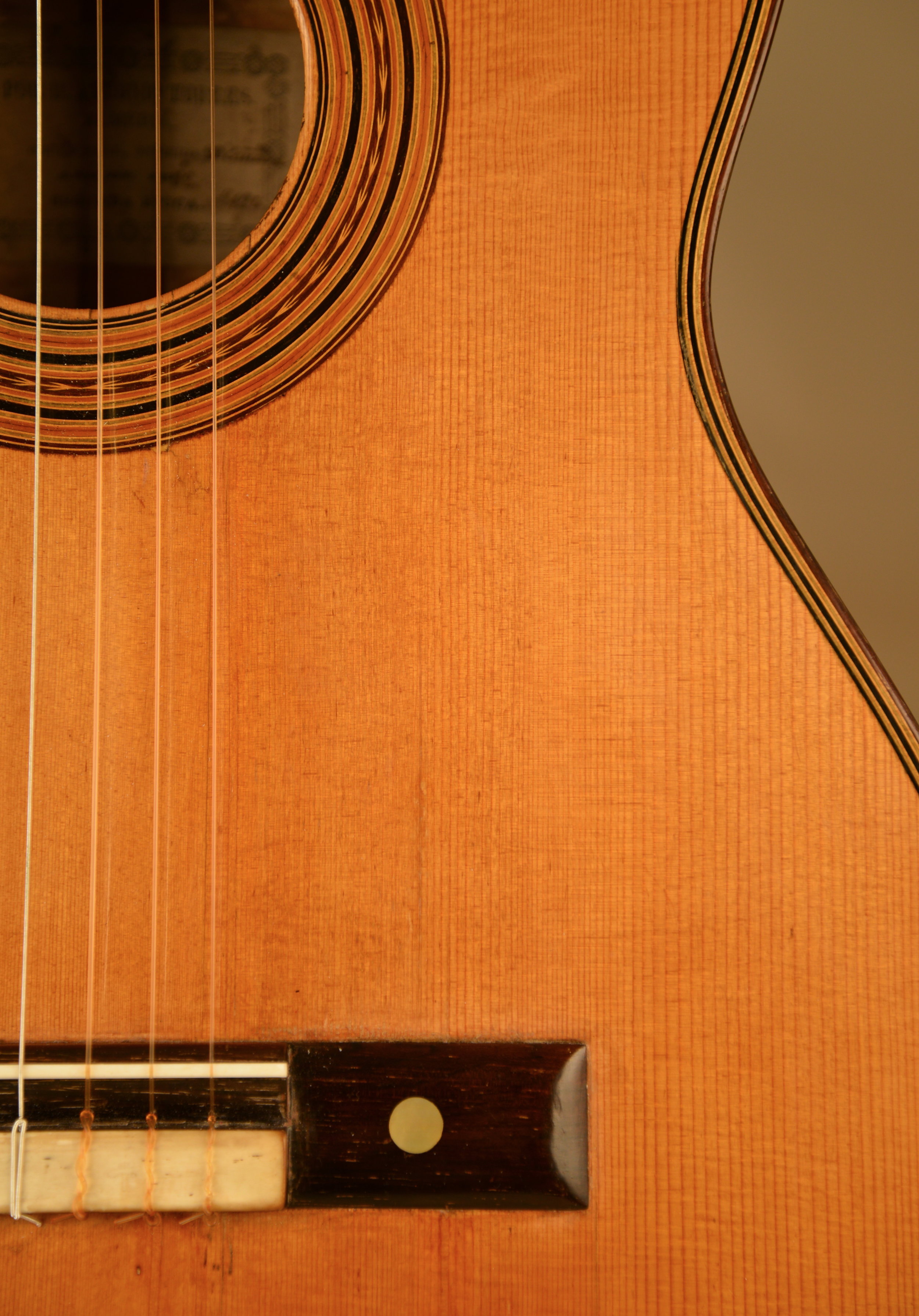
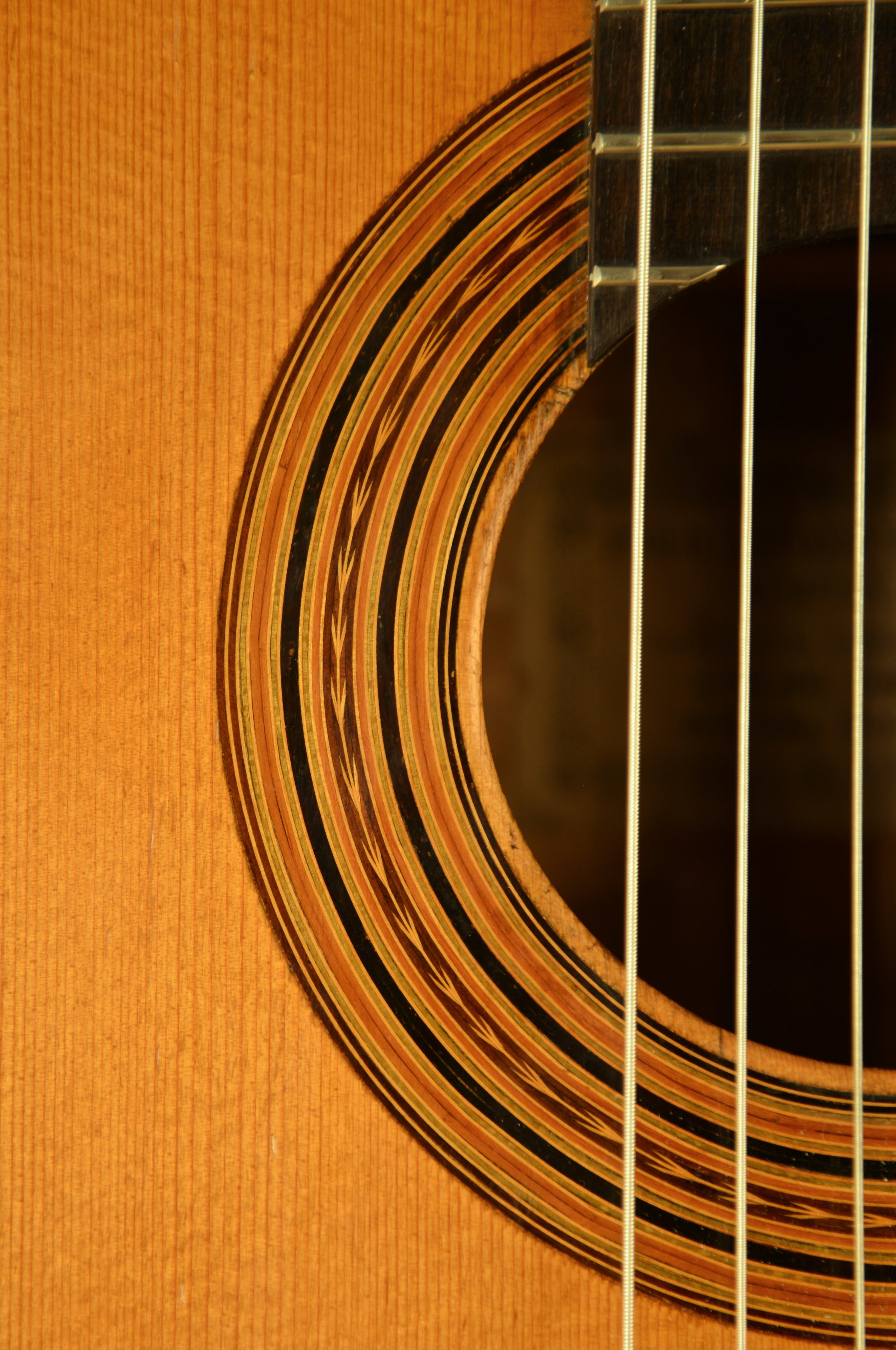
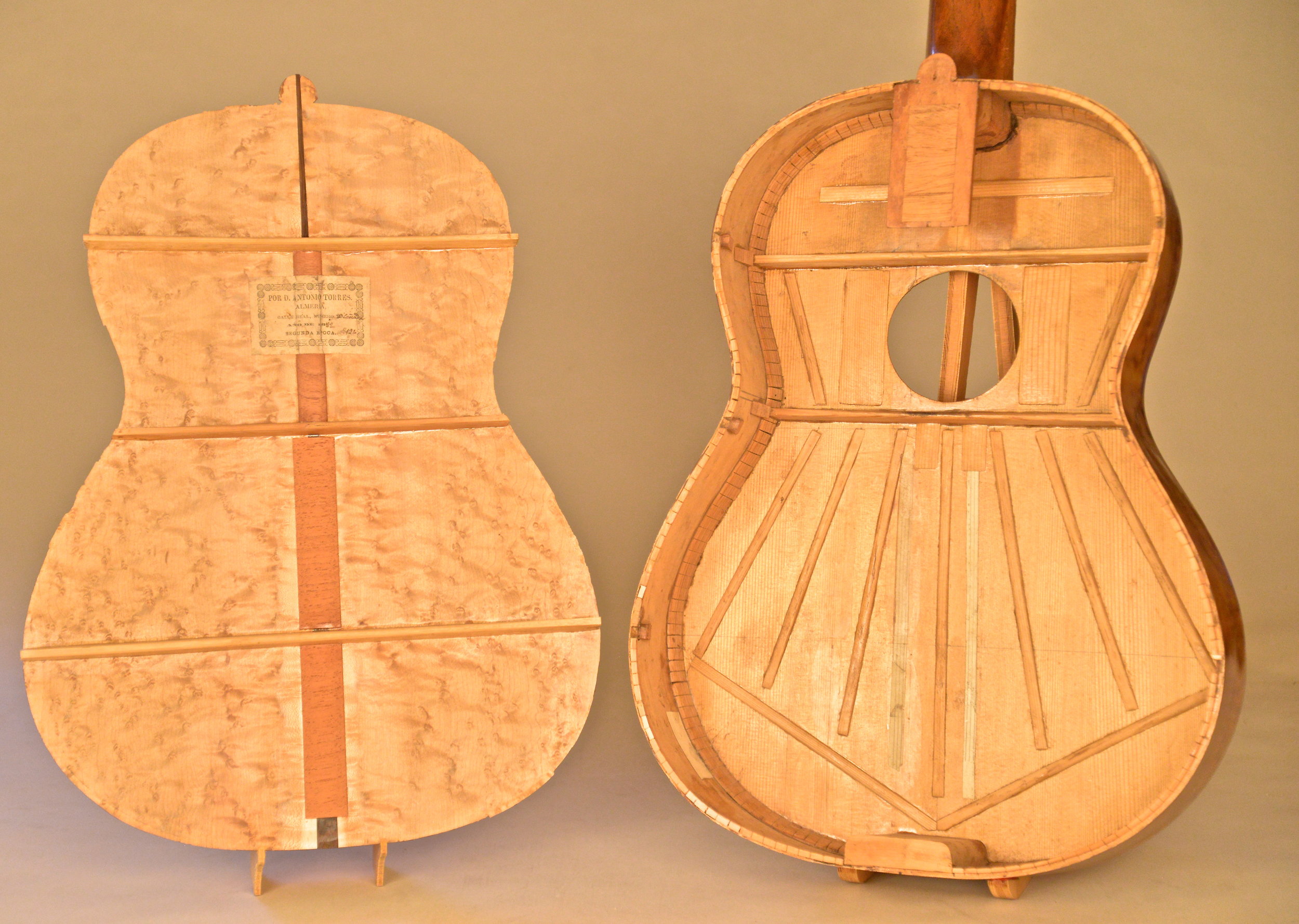


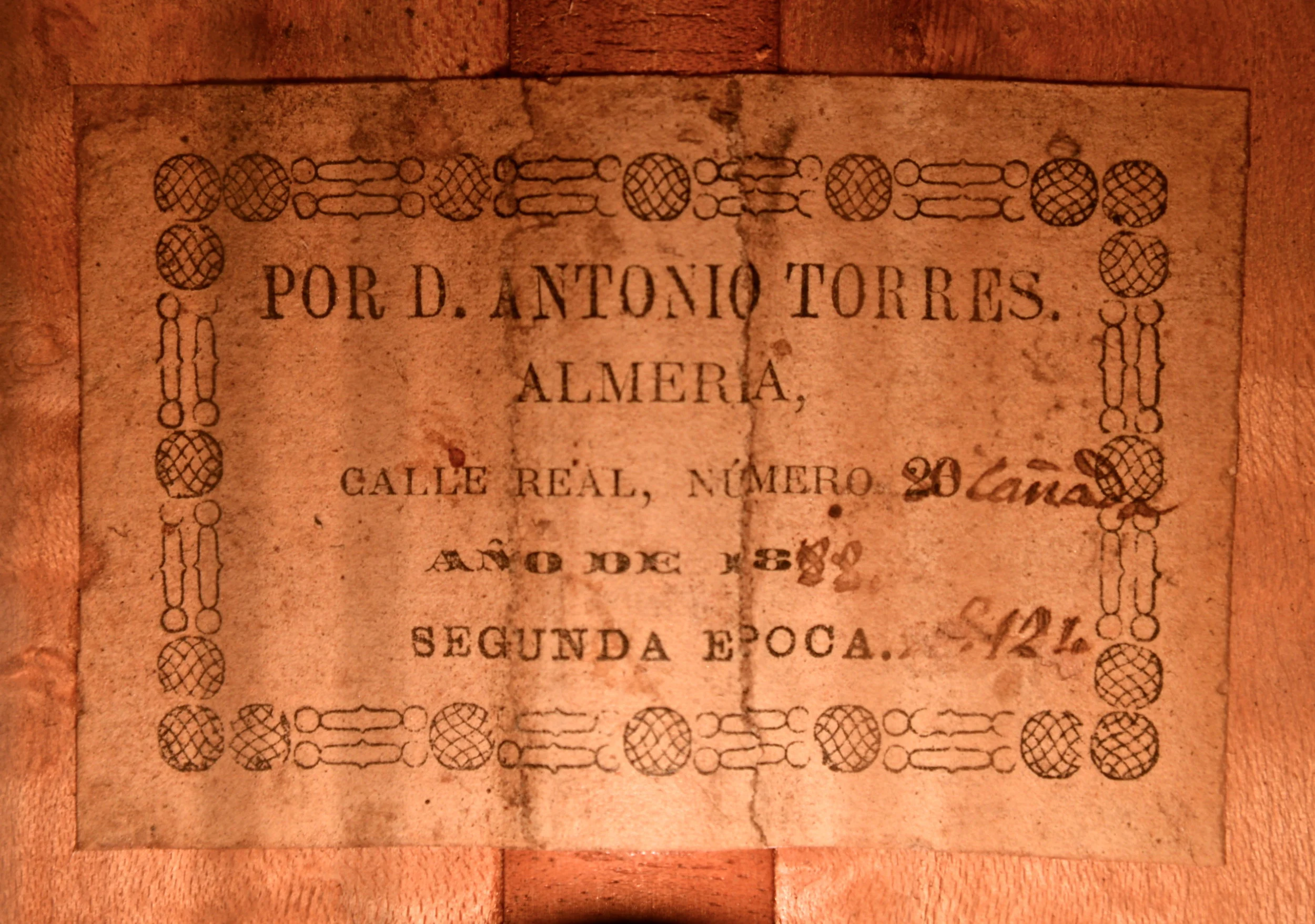
1888 Antonio de Torres No 124 (Spain) 653 mm scale, 50 mm nut, strings are spaced 41.5 mm on centers 1-6. Spruce top, birds eye maple sides and back, later machines, ex collection of the late Otto Winkler who obtained the instrument from Regino Sainz de la Maza (see interview with Winkler published in Guitar Magazine, April, 1976, p. 17). This instrument is also shown on page 13 of the Irving Sloane book, Classic Guitar Construction. Restored during 2014-2015 by the Bruné workshop, this instrument passed from Otto Winkler to Victor Rangel-Ribeiro, proprietor of the now closed Orpheus Music Shop in New York City. Built the same year as the last Torres owned by Francisco Tárrega (1888, No 114), this instrument is nearly identical save for having maple sides and back and a different rosette. Internally they are identically braced and assembled. Original in all its parts and finish except for the fingerboard which we recently replaced, and the machines, which were replaced sometime around WW II, this instrument is an extremely rare example that still preserves its original varnish as applied by Torres, and hence the top, side and back thicknesses are still unaltered, placing it in the 95th percentile of surviving Torres guitars. The sound is absolutely astounding. At a recent Guitar Foundation of America listening test, this guitar was compared in the same hall with many modern hi-tech guitars with Nomex tops, and Smallman designs. The audience audibly gasped when it was first played, it was every bit the equal in volume and projection as any of these modern improvements, and far more interesting to listen to in terms of color and nuance. There is a reason why Antonio de Torres is universally considered a genius among makers and players. This instrument also illustrates a second point which is that well made guitars when reasonably cared for do not have a finite life, provided they are not violated by poor repairs or well intentioned but deadly refinishing. Despite the delicacy of its construction, this Torres is every bit as viable today as a working musical instrument as it was when it was first completed by Don Antonio. There is a lot to learn from studying this great master.
